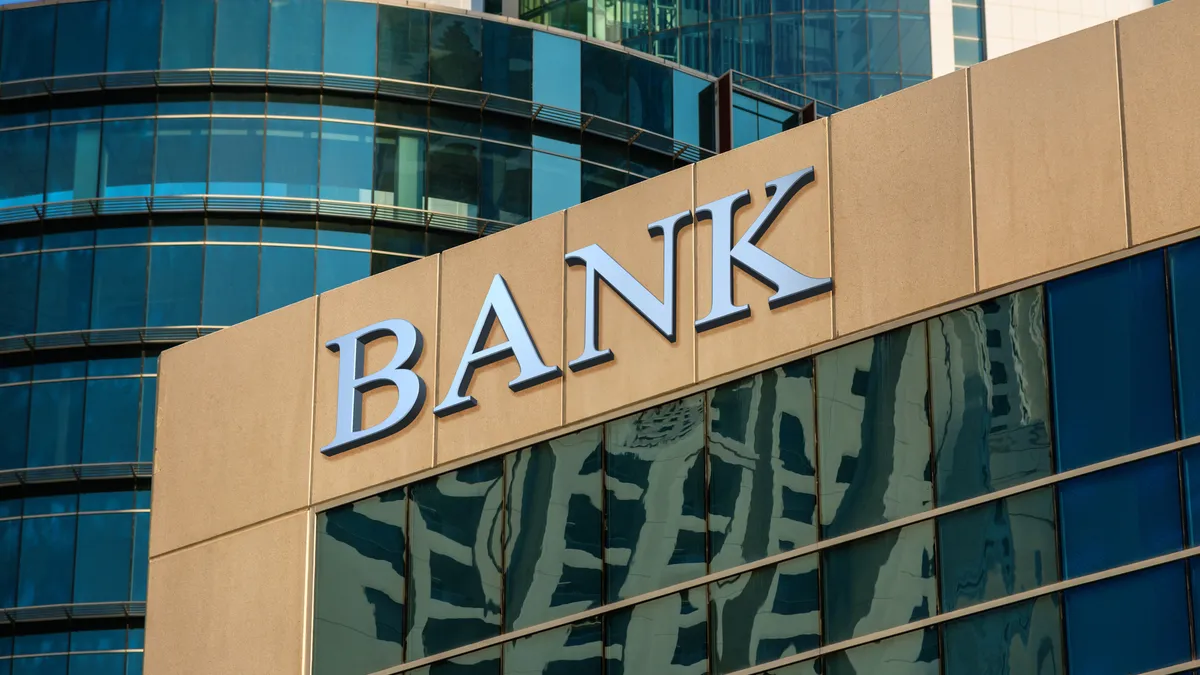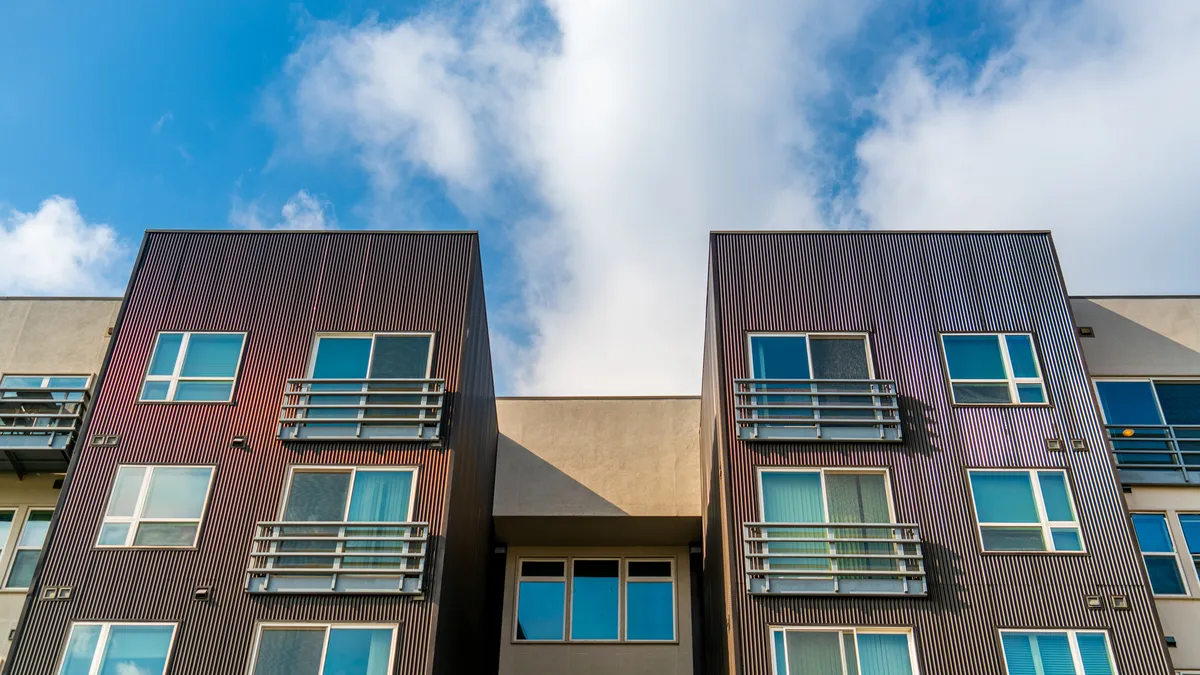Dive Brief:
- Multiple recent reports have painted a picture of apartment loan losses increasing for banks, which could open distressed buying opportunities for investors.
- In the fourth quarter, the number of multifamily loans that were at least 30 days past due or in non-accrual status rose to $3.46 billion, a 43.1% increase from the previous quarter and an 81.2% jump year over year, according to S&P Global Market Intelligence.
- Q4’s delinquency numbers were the second highest since Q2 2013. However, S&P noted that the delinquency ratio was 1.5% in 2013 compared to 0.6% at the end of 2023. The 0.6% delinquency rate was up from 0.4% in Q3 and 0.3% a year earlier.
Dive Insight:
S&P isn’t the only firm reporting deterioration in multifamily loans. Last year, the loan loss rate for apartments hit 16%, according to information that data provider MSCI shared with Multifamily Dive. In 2022 and 2021, it was 5% and 6%, respectively, after hitting 12% in the COVID-19 year of 2020.
By comparison, the loan loss rate was 37% in 2009 and 35% in 2021. It didn’t fall below 20% until 2014.
But even in relatively strong markets, banks take loan losses. “Loans go bad even in the best of times,” said Jim Costello, co-head of MSCI’s real-assets research team. “Something happens, the investor gets sideways and they can't repay the loan.”
In strong markets, the lender can sell the loan and take minimal losses because property values are high, which happened in 2021 and 2002.
“[Banks] were having an easier time trying to get some money out of deals because it was a rising market and asset values were high and climbing,” he said.
However, from July 2022 to February, the Real Capital Analytics Commercial Property Price Index fell 18%, meaning that banks face more issues as they sell troubled assets, according to Costello.
“If the prices are coming down, we expect to see some higher losses simply because there's less of an opportunity to sell the property at a high price to the next buyer,” Costello said. “So the loss rates should be slightly higher, but they're not back up at the 2009 levels.”
Winners and losers
Ultimately, Costello thinks banks will take the biggest hits on loans made at the top of the market — in 2021 and 2022.
“That is the stuff that has me concerned because you had people doing deals, buying apartment buildings at 3% and 4% cap rates and making all kinds of assumptions around income growth moving forward,” Costello said. “Those assumptions didn't pan out. Buying at those record-low cap rates is just asking for trouble. But that's how low-interest rates can distort investor perceptions of risk.”
As that happens, another group of investors is sitting on the sidelines, waiting to buy those overleveraged assets that banks could eventually sell for losses, especially as loans mature.
“We think there will be opportunities in some of that upcoming maturity wall,” said Doug Faron, managing partner of Shoreham Capital, a West Palm Beach, Florida-based apartment and single-family rental owner.
Click here to sign up to receive multifamily and apartment news like this article in your inbox every weekday.











